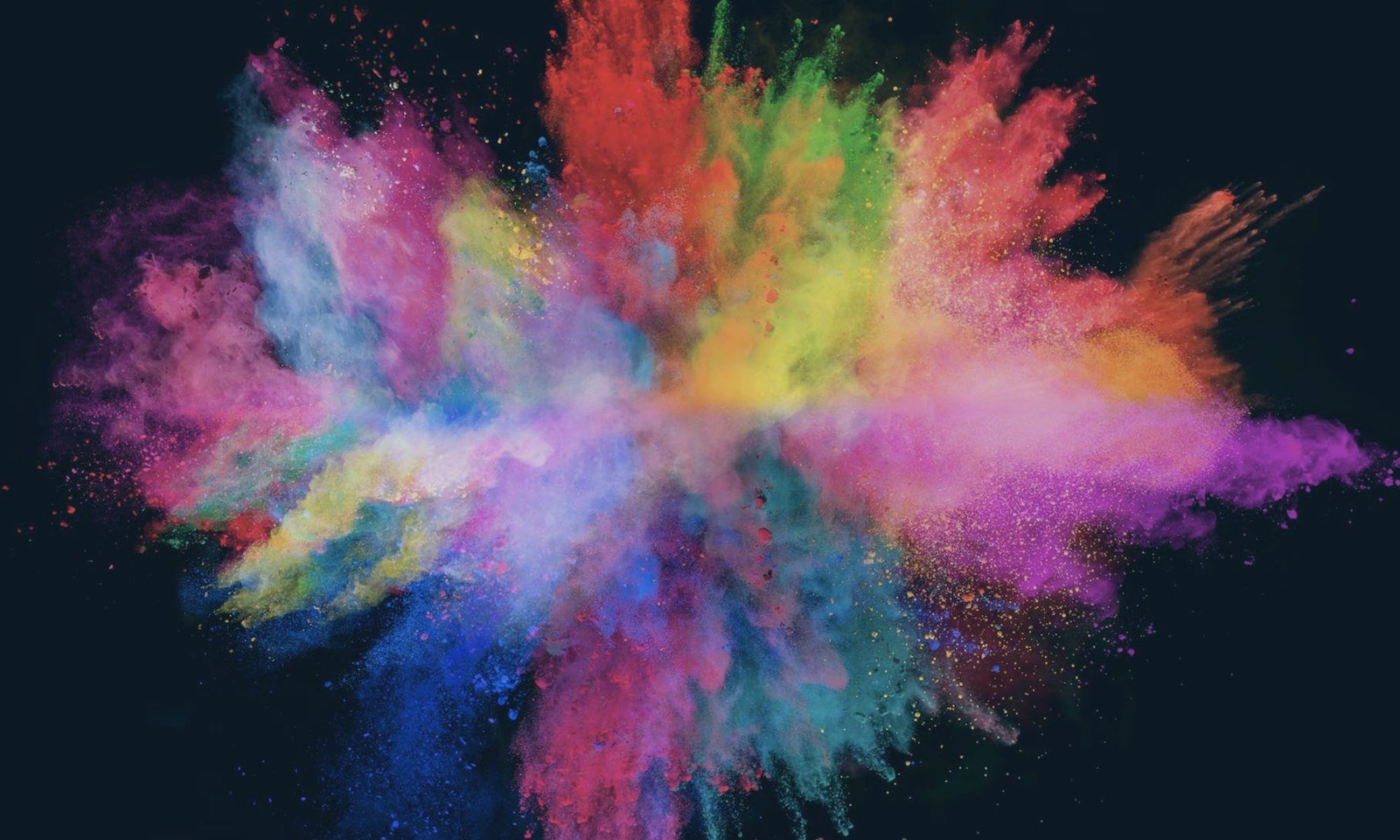Art is an incredibly transformative process and rises above worldly concerns. Art has played a role in our creativity and evolution.
Beyond Practicality
There are many different definitions for art. Maria Popova, an author, defines art differently than the dictionaries. She explains art has
“the power to transcend our own self-interest, our solipsistic zoom-lens on life, and relate to the world and each other with more integrity, more curiosity, more wholeheartedness” (222)
Primates and other animals can be artists. Washoe, a female chimp at Central Washington University, painted with watercolors, drew with crayons, and created patterns. Bowerbird males build elaborate artistic displays to attract female and can even create forced perspective to enhance displays.
Humans and animals alike find certain colors, patterns, and views aesthetically pleasing. Humans find the colors and coats of animals to be attractive, coats that are often used to attract animals of the opposite sex. The Barbary macaque, a monkey species in Gibraltar, find the Rock of Gibraltar aesthetically pleasing and sit and stare at it for hours.
Humans have the ability to interact with and manipulate the world to create art. Our creation and imagination leads to paintings, drawings, photography, sculpture, and much more. We are born with a desire to produce art, which can be seen from children’s scribbles and doodles. Art is a means of expressing oneself. Dance, music, story-telling, and films have shaped how we experience the world.
An Elegant Stone Tool in a Noisy World of Color and Line
Tool creation is the earliest form of art. The shaping of tools requires creativity and imagination and set humans on the path of creating items for both purpose and aesthetics. In the last 300,000-500,000 years, more tools were made than used, and symmetry and craft exceeded what was needed for a good knife or hammer. Acheulean tools became very elaborate solely because they were more pleasing to the eye.
“Golden ratio or golden section is a type of Acheulean tool called a biface that was not more effective but was more aesthetically pleasing” (228)
Around 500,000-250,000 years ago, ochre was first used. Ochre is used for engravings, glue, and as a pigment for coloration. Around 70,000 years ago, ochre was very likely used as a pigment to provide color to tools and perhaps bodies and faces. Beads were created 300,000 years ago in Germany and were regularly used 70,000-135,000 years ago. Regions in the Mediterranean and South America used shells from a species of sea snail, Nassarius, to make jewelry. Other art forms that developed around this period were jewelry with talons and feathers, doodling and engraving, figurines (ex: Venus of Willendorf), and cave paintings. One interesting fact about cave paintings is that they originated around 40,000 years ago, but no cave paintings had detailed human faces until 10,000-8,000 years ago. Human faces were first painted at the same time importance was placed on human identity, property, and place.
Steven Mithen, an archeologist, argues that musicality is an essential and basic part of humanity. Non-human primates and our ancestors often used melodic vocalizations to communicate with one another; they would call out for danger and speak to create social bonds. These vocalizations eventually led to our development of language, as well as music, song, and dance. Although not everyone agrees with Mithen’s argument, most scientists do believe that melodic sounds and dance have deep and important roots in our evolution.
Religion, Art, and . . .
Art has allowed us to reshape our view of the world and give meaning to the world around us.
“Creating items of art reshaped the human experience and became central in telling stories and expanding the transcendental and imaginative aspects of being human” (243)
Religion is enhanced by art. Art predated religion, and the mechanisms of creating art were also used to shape religion. Besides for just art and religion, our creative spark also gave rise to science.
